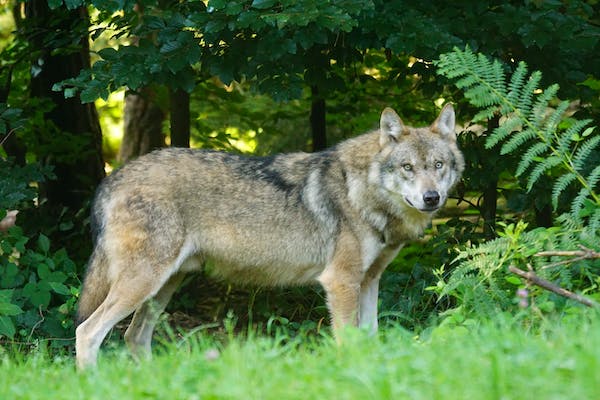Giant Panda: Taxonomy, Habitat, Conservation status
The giant panda (Ailuropoda melanoleuca) is a species of bear native to China. Taxonomic classification: Species of Pandas: There are two species of pandas: Giant Panda (Ailuropoda melanoleuca): The giant panda is the more well-known of the two species. It is native to China and is easily recognized by its distinctive black and white fur. Giant pandas primarily feed on bamboo, although they are technically omnivores and may eat small mammals and birds on occasion. They are classified as vulnerable…
